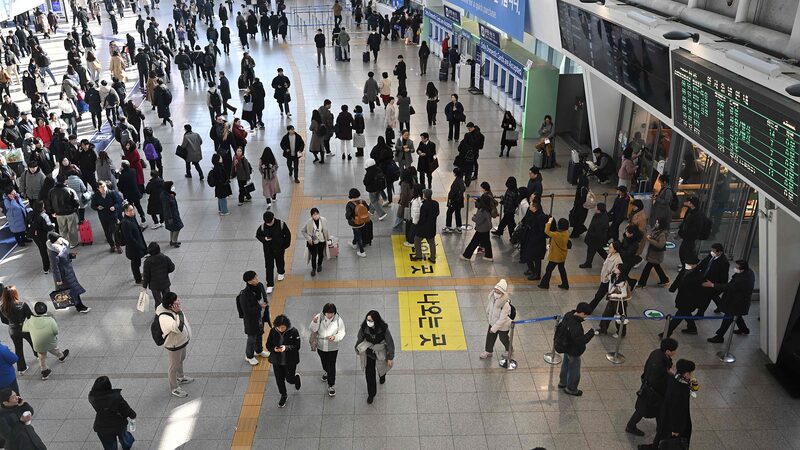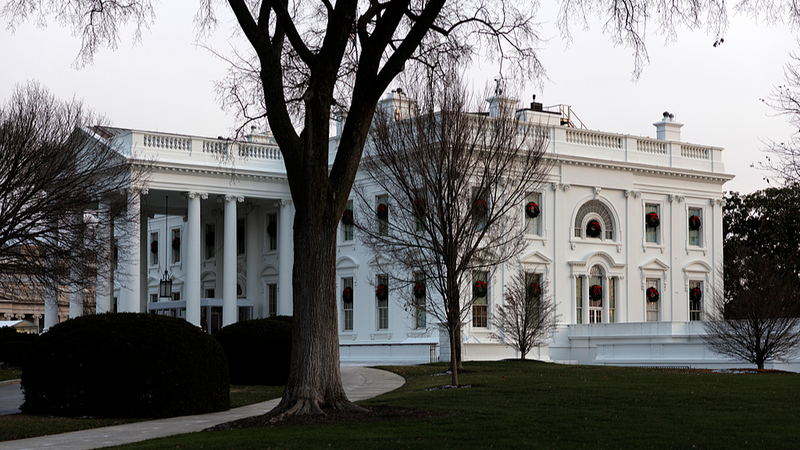Exciting news from South Korea! For the first time in nine years, the country's fertility rate has ticked up, signaling a potential turn in its long-standing demographic challenges. 📈
In 2024, South Korea's fertility rate rose to 0.75, up from 0.72 in 2023, according to Statistics Korea. This increase is largely driven by a significant surge in marriages, which jumped by 14.9%—the biggest spike since 1970!
Why the change? Park Hyun-jung, an official at Statistics Korea, explains that there's been a positive shift in social values towards marriage and having children. The pandemic caused many to delay marriages, but now there's a rise in marriages among those in their early 30s. 💍
These marriages are a key indicator of new births, with a high correlation seen in South Korea. However, the country still faces a shrinking population, with more deaths than births and regional disparities like Seoul’s low birthrate of 0.58.
Despite these challenges, the increase in marriages offers a glimmer of hope. South Korea had been battling a demographic crisis, with the fertility rate dropping from 1.24 in 2015 to below 1 since 2018, making it the only OECD member with such a low rate.
President Yoon Suk-yeol had previously declared a \"national demographic crisis\" and initiated measures to boost marriage and childbirth, including plans for a dedicated ministry. These efforts seem to be paying off, at least for now.
Looking ahead, South Korea's population peaked at 51.83 million in 2020 and is projected to decline to 36.22 million by 2072. But with the recent rise in marriages and birthrates, there's hope that the country might steer towards a more balanced demographic future. 🌟
Reference(s):
South Korea birthrate rises for first time in 9 years, marriages surge
cgtn.com




